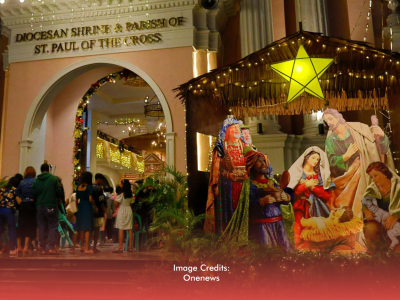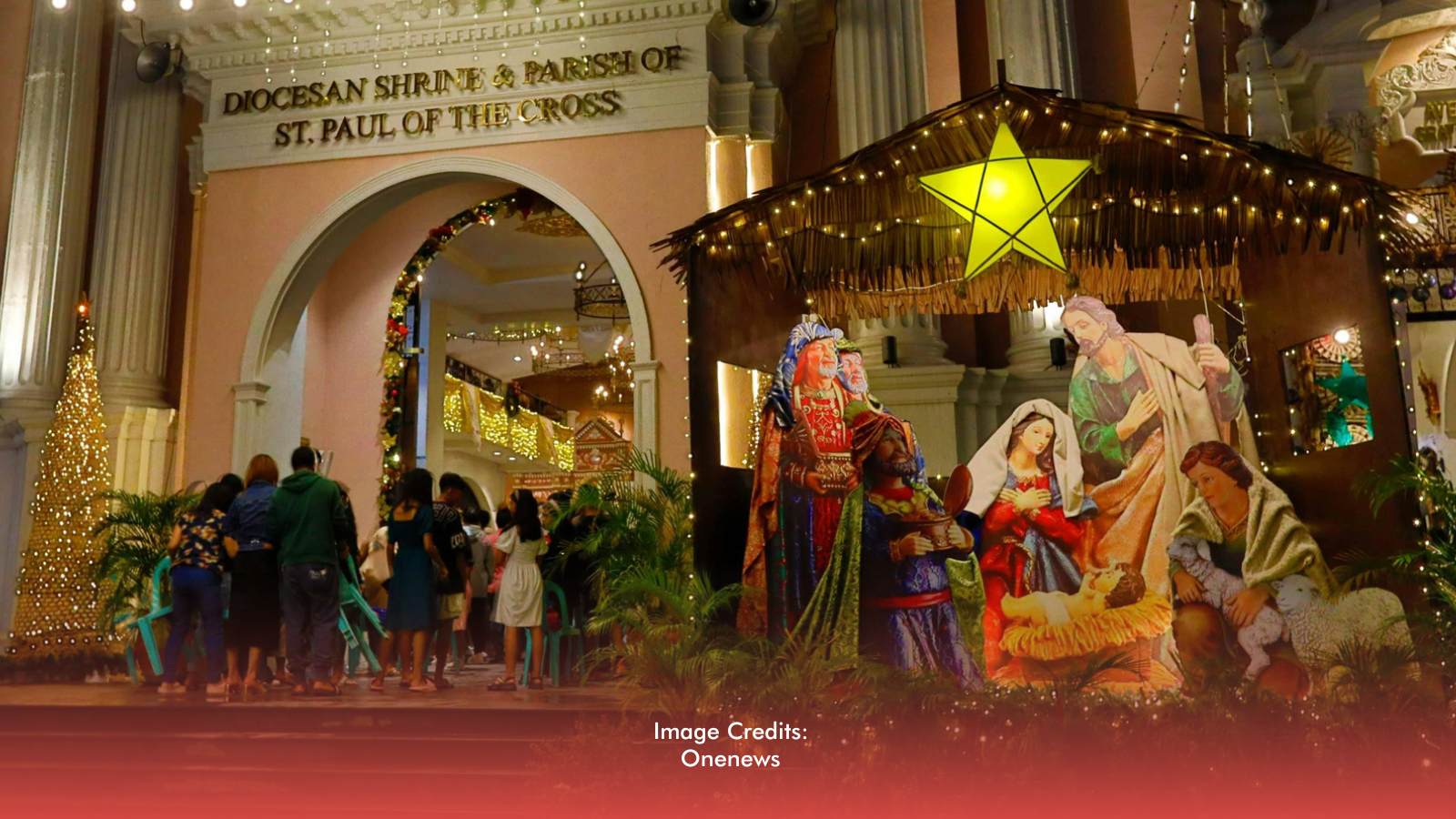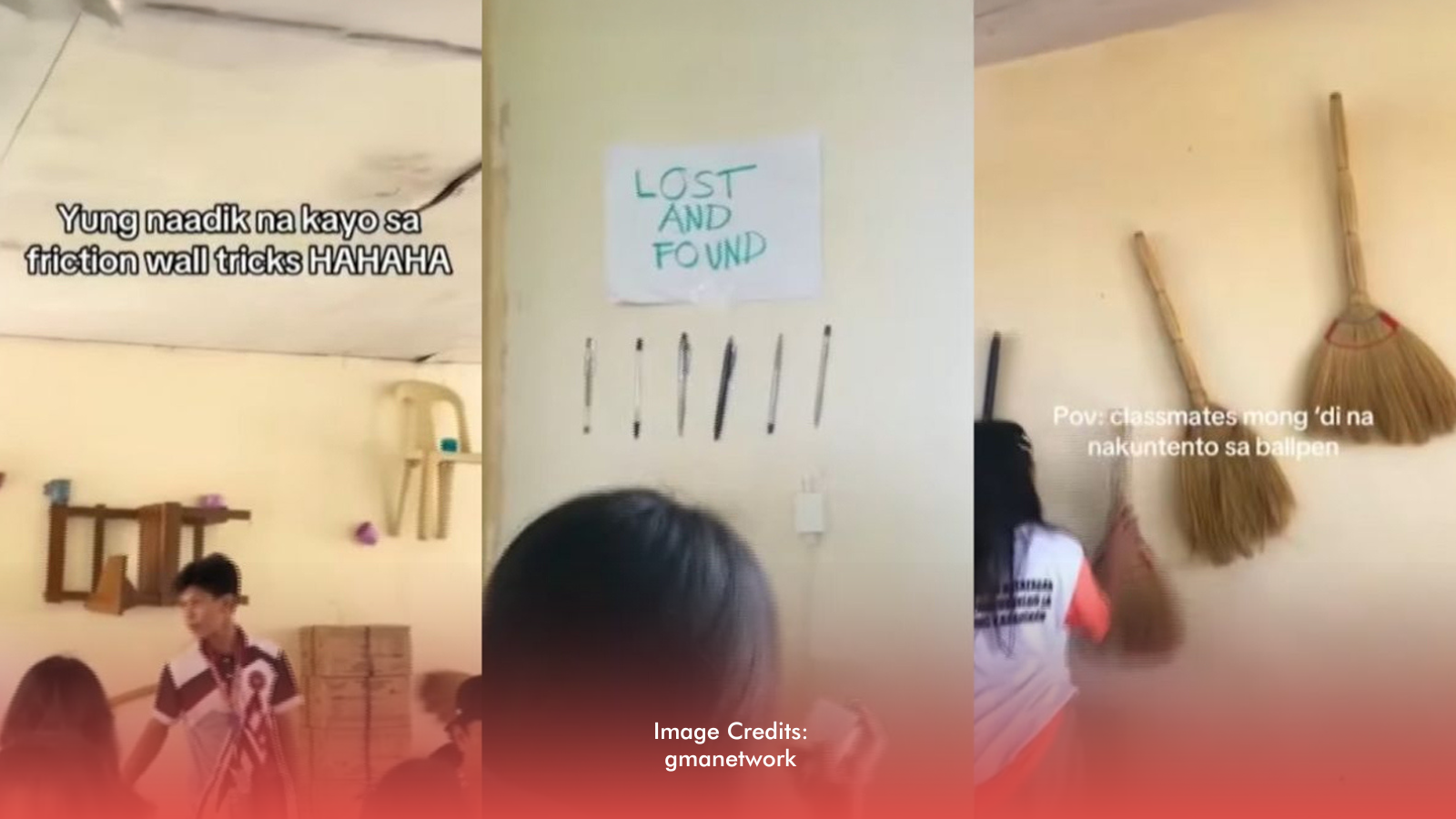For decades, Philippine entertainment revolved around movies and television. Celebrities rose to fame through TV networks like ABS-CBN and GMA, with talent shows, drama series, and noontime programs shaping pop culture. That has been the long-standing formula, and it held a tight grip over Philippine culture.
But today, a new wave of stars has emerged - not from TV screens, but from our smartphones. Social media has transformed ordinary individuals into household names, proving that fame is no longer exclusive to traditional media, where glitz, looks, and glamour are the name of the game.
The question is: Is social media the new TV?
RELATED: [Are Showbiz Celebrities The Future Of Politics?]
How Social Media Became the New Stage
Before the rise of digital platforms, aspiring celebrities had to go through auditions, talent competitions, or network contracts to make it big. Shows like "Tawag ng Tanghalan" and "StarStruck" were once the golden ticket to fame.
With the rise of social media, anyone with a camera, internet access, and engaging content can amass millions of followers. Facebook, YouTube, TikTok, and Instagram, among many others have become the new "Tawag ng Tanghalans" and "StarStrucks," of the world, where the once-coveted applause from the audience are now replaced with a simple like or comment. The more engagements you draw in, the bigger you become.
And this isn't just some pipe dream. Some people actually played the game - and won.
Success Stories: From Normal to National Icons
Traditional Philippine media once dictated that you had to be funny, talented, or good-looking to become famous. This has been the proven formula for talent management agencies to produce a captivating personality that will enamour Philippine audiences. Of course, we are already familiar with these overly-saturated faces.
But social media changed the game; it has given rise to a new breed of Filipino celebrities. Some people incur millions of followers without showing their faces, and some are even famous for being homely. However, the most successful of these types are the ones who absolutely enjoyed what they were doing.
They started only with nothing but a cellphone, and a burning passion for creating content - and they have inspired a countless number of aspiring social media celebrities even up until this moment. Let's take a look:
1. Cong TV
A perfect example of social media’s power. From his lowly house in Cavite, he started making comedic videos and vlogs on YouTube, slowly gaining a loyal fan base. Over the years, he has built his brand, his mansion, and his team (Team Payaman), proving that digital fame can pull you out of poverty's muck and throw you up into the wealthy.
2. Marvin Agustin
A former TV celebrity, Marvin found a second wind to his forgotten career through food vlogging and online business ventures. His transition from showbiz to social media highlights how even traditional celebrities see digital platforms as a better, more stable avenue.
3. Ivana Alawi
While she started in showbiz, Ivana’s rise to superstardom came through vlogging. Her YouTube channel, where she shares pranks, challenges, and personal moments, has gained millions of followers, underlining how one can amplify traditional fame through social media.
4. Zeinab Harake
Originally known for her beauty and lifestyle vlogs, Zeinab turned into one of the top female influencers in the Philippines, gaining millions of followers across different platforms.
5. TikTok Stars (Esnyr Ranollo, Sassa Gurl, etc.)
Many ordinary Filipinos have gained fame through short-form videos, often making the leap from online personalities to mainstream endorsements and appearances.
Why Celebrities Are Moving to Social Media
Many celebrities are shifting to social media because it offers financial stability through multiple income streams like ad revenue, sponsorships, and exclusive content - providing a steadier income than project-based TV contracts.
It also grants creative freedom, allowing content creators to produce content without network restrictions. Additionally, social media fosters closer fan interaction through live streams, comments, and collaborations, making engagement more personal and immediate.
RELATED: [PBBM Signs "Eddie Garcia Law" To Improve Safety Among Celebrities]
The Future of Entertainment is Digital
The rise of social media has changed the entertainment landscape. While TV remains influential, it no longer holds a monopoly over fame. Digital platforms have democratized success, allowing anyone to turn passion into livelihood.
With financial opportunities, creative freedom, and global reach, social media is proving to be the new television. The question now is not whether digital entertainment will replace TV but how the two will continue to evolve together.








